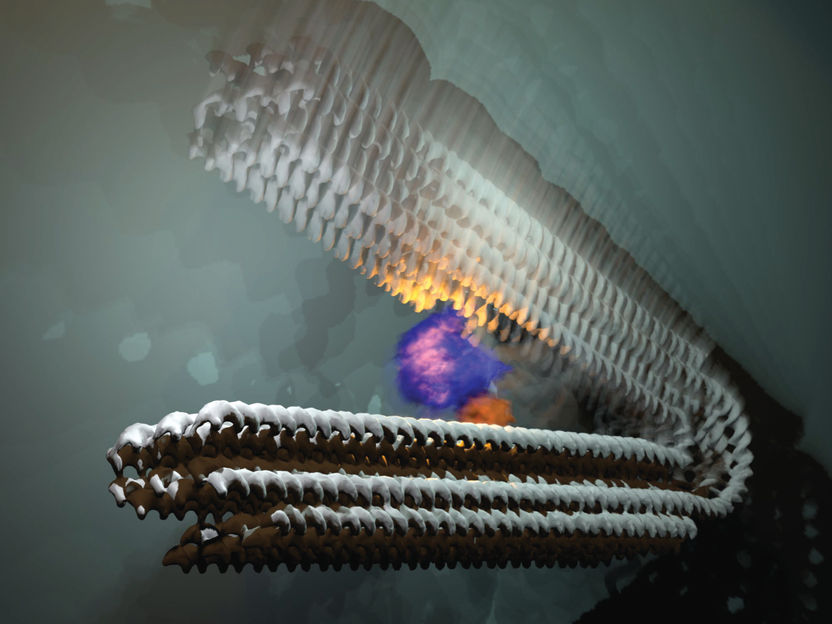New hopes for therapy of chronic fatigue
Study points to possible trigger of symptoms
Advertisement
Most people aren’t worn out by simple daily tasks requiring little exertion. But those with Chronic Fatigue Syndrome might be exhausted by a walk across the room.
A study by University of Florida Health researchers published recently in the Journal of Pain Research provides a possible explanation for that atypical exhaustion, supporting a hypothesis that the bodies of those with chronic fatigue inappropriately magnify minute muscle byproducts caused by exertion.
“People with chronic fatigue are essentially sensing muscle metabolites while they are not doing anything, and they’re not supposed to be,” said Roland Staud, M.D., a professor of rheumatology and clinical immunology in the UF College of Medicine and the study’s lead author. “Generally speaking, when we’re at rest, we don’t feel our muscles.”
To evaluate the role of fatigue signals from muscles, the investigators injected 58 people diagnosed with chronic fatigue syndrome — which is also called systemic exertion intolerance disease, or SEID — with either a placebo saline solution or the painkiller lidocaine in the muscles of their back and buttocks. The group that received the lidocaine solution reported a 38 percent reduction in fatigue.
That result suggests that peripheral tissues, such as these muscles, play an important role in the generation and maintenance of chronic fatigue, the researchers said. The lidocaine appears to block the signaling of muscle metabolites generated at rest that are then translated by the central nervous system into symptoms of severe fatigue, they said.
That opens potential avenues of treatment, although further research is required, said Staud.
“It’s unlikely the central nervous system creates fatigue out of nothing,” he said. “It uses just very minute fatigue signals that it receives and inappropriately amplifies them, which results in significant impact on the quality of life of these individuals.”
These findings have implications far beyond chronic fatigue and might be extended to other diseases where debilitating fatigue is a symptom, including lupus, cancer, depression and other disorders.
This latest study builds on earlier work by Staud’s team that also demonstrated patients diagnosed with fibromyalgia, a disorder characterized by increased sensitivity to pain, reported a reduction in pain after similar lidocaine injections.
Chronic pain and fatigue are sisters, Staud said, and the mechanisms propelling both are thought to be quite similar. Up to 2.5 million Americans have chronic fatigue syndrome, though many of those are undiagnosed, according to a 2015 report by the Institute on Medicine.

























































